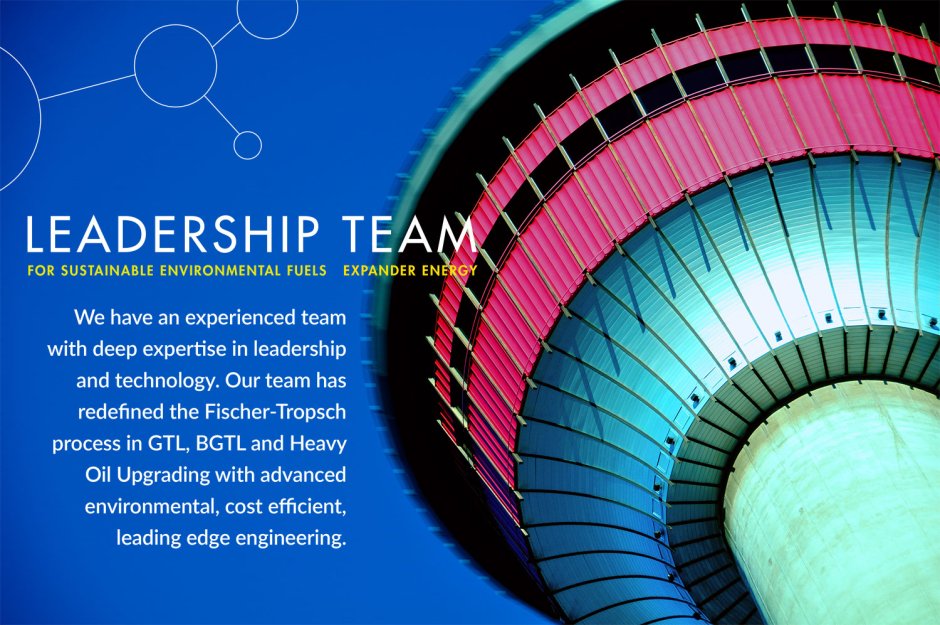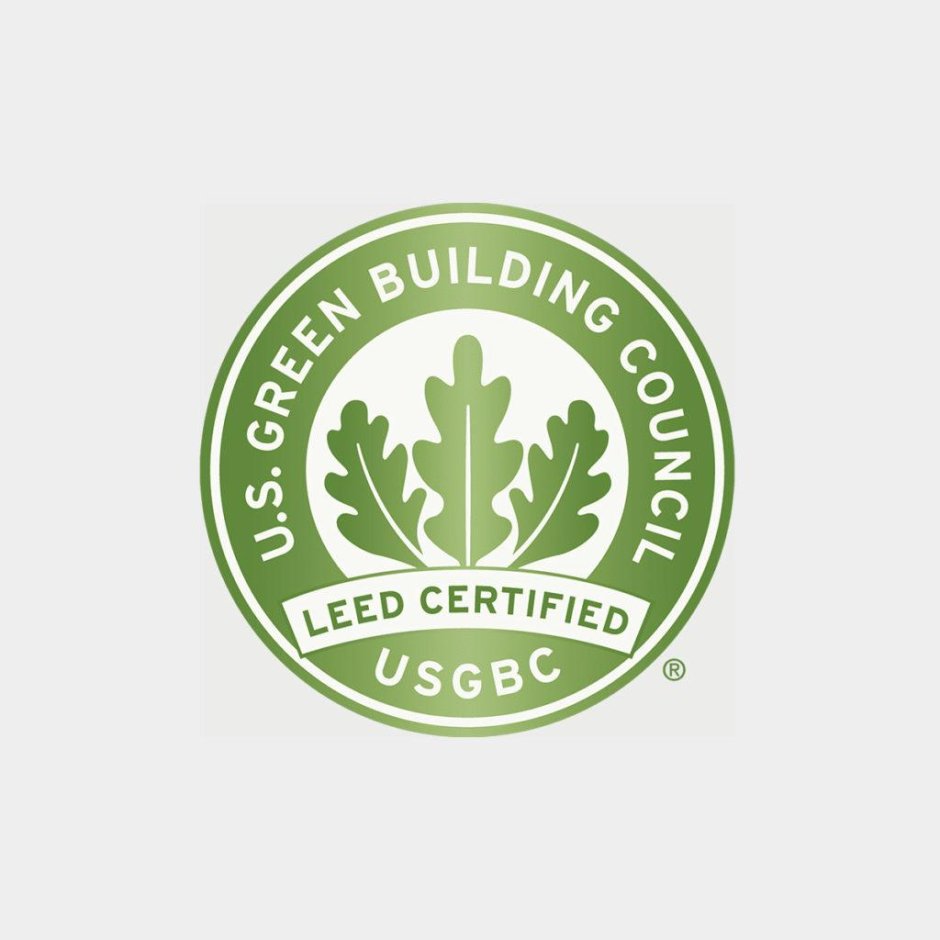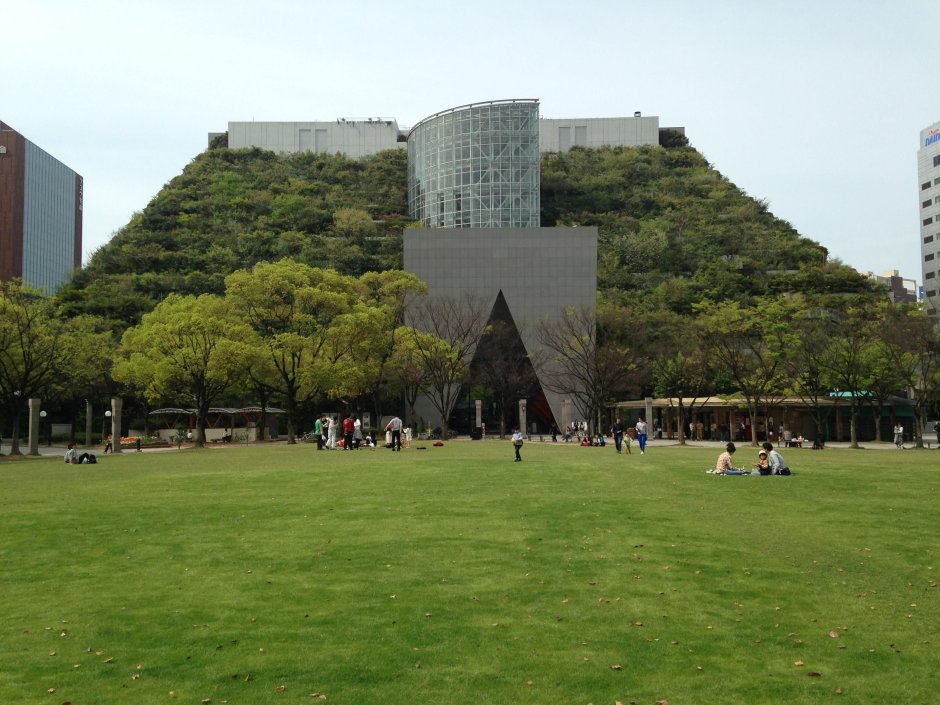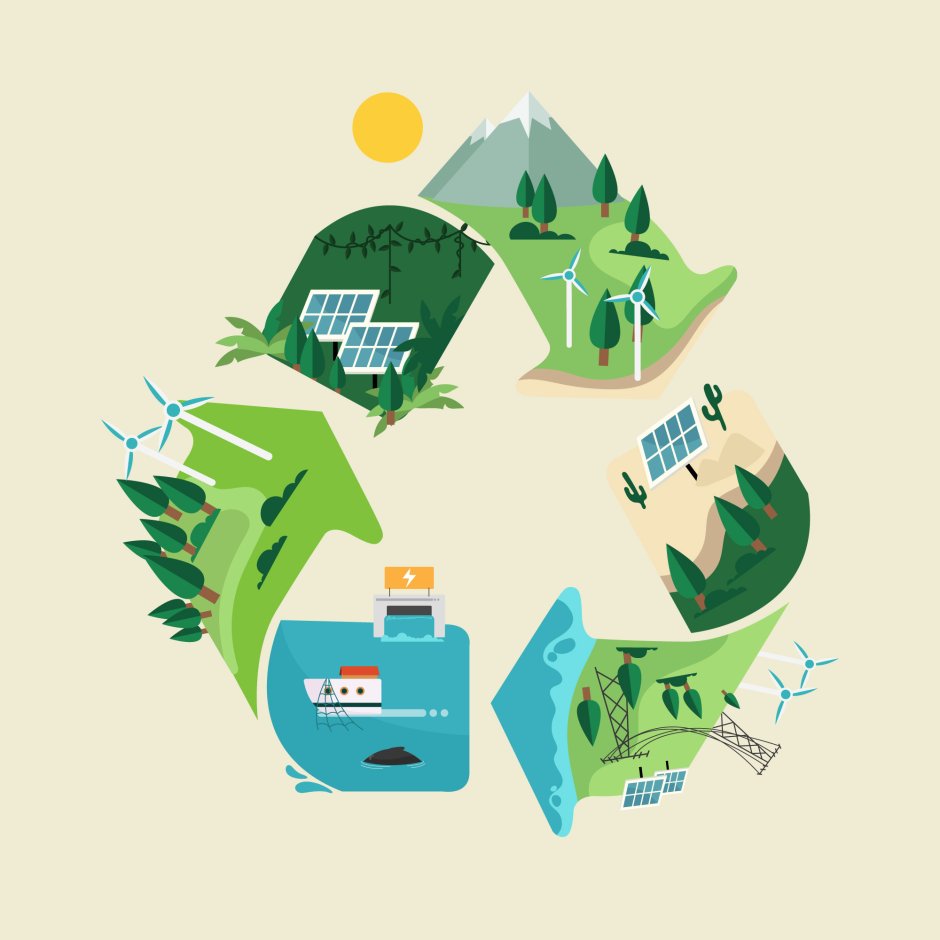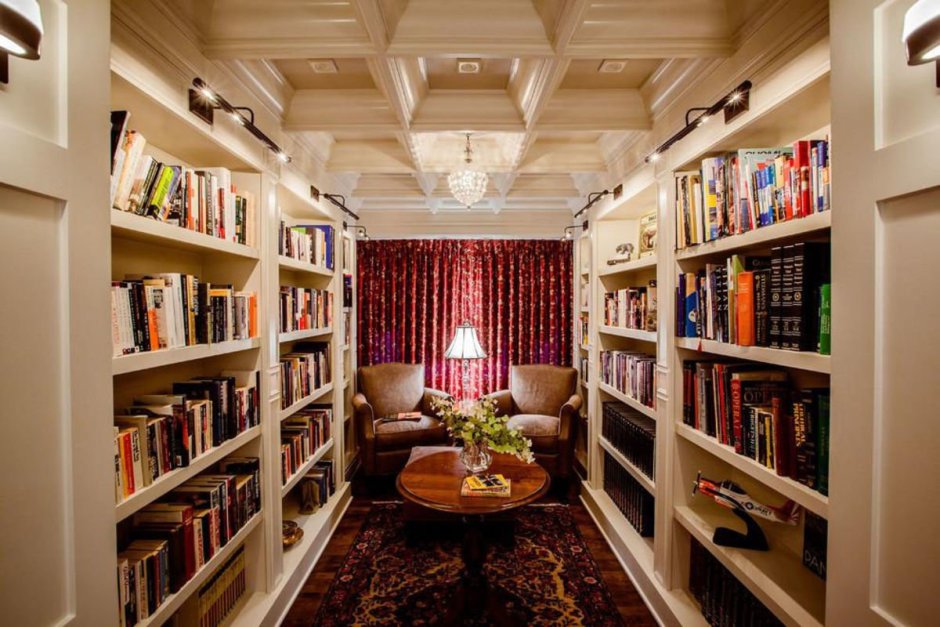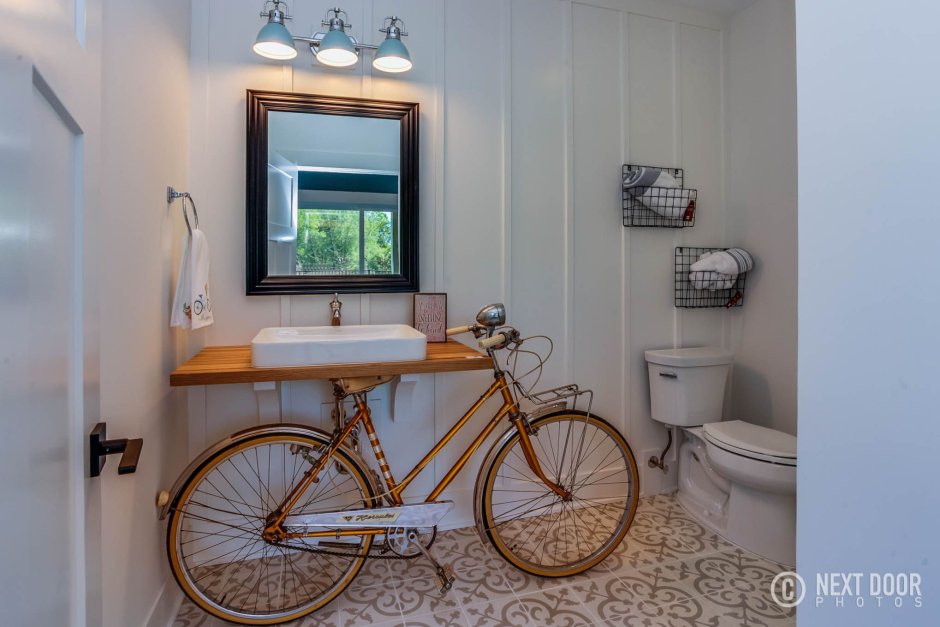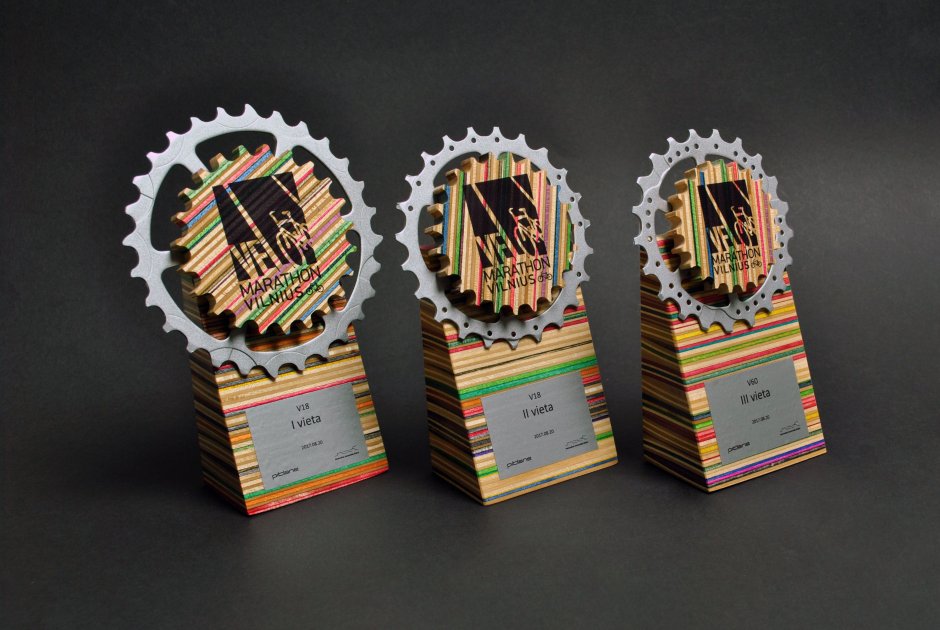Leadership in energy and environmental design
Leadership in Energy and Environmental Design (LEED) is a globally recognized certification program that promotes sustainable building practices. It provides a framework for designing, constructing, operating, and maintaining green buildings and communities. LEED certification encompasses various categories such as energy efficiency, water conservation, indoor air quality, materials selection, and sustainable site development. By following LEED guidelines, architects, engineers, and builders can create environmentally friendly structures that minimize their impact on the planet.
LEED certification is awarded based on a point system, where projects earn points for meeting specific sustainability criteria. The more points a project accumulates, the higher its LEED rating becomes – Certified, Silver, Gold, or Platinum. This tiered approach motivates building professionals to incorporate eco-friendly features into their designs, ultimately resulting in greener, healthier, and more efficient buildings.
LEED-certified buildings offer numerous benefits. They consume less energy, reduce water usage, enhance indoor air quality, and utilize recycled and locally sourced materials. These sustainable practices not only contribute to a healthier environment but also bring financial advantages to building owners and occupants. LEED-certified structures often have lower operating costs due to reduced energy consumption and increased resource efficiency.
In addition to individual buildings, LEED has expanded its scope to include entire neighborhoods and communities. LEED for Neighborhood Development (LEED-ND) takes into account factors such as walkability, access to public transportation, community connectivity, and access to essential services. By promoting sustainable urban planning and design, LEED-ND encourages the creation of vibrant, livable, and environmentally responsible communities.
LEED has become a symbol of excellence in sustainable design and construction. It has transformed the way buildings are constructed and has raised awareness about the importance of environmental stewardship within the industry. As concerns about climate change and resource depletion continue to grow, LEED plays a vital role in driving innovation and inspiring a more sustainable future.
In conclusion, Leadership in Energy and Environmental Design (LEED) is a prestigious certification program that promotes sustainable building practices. By following LEED guidelines, architects and builders can create environmentally friendly structures that minimize their impact on the planet. LEED-certified buildings offer numerous benefits, including reduced energy consumption, lower operating costs, and improved indoor air quality. With its expanding scope to include neighborhoods and communities, LEED continues to drive innovation and inspire a more sustainable future.























































